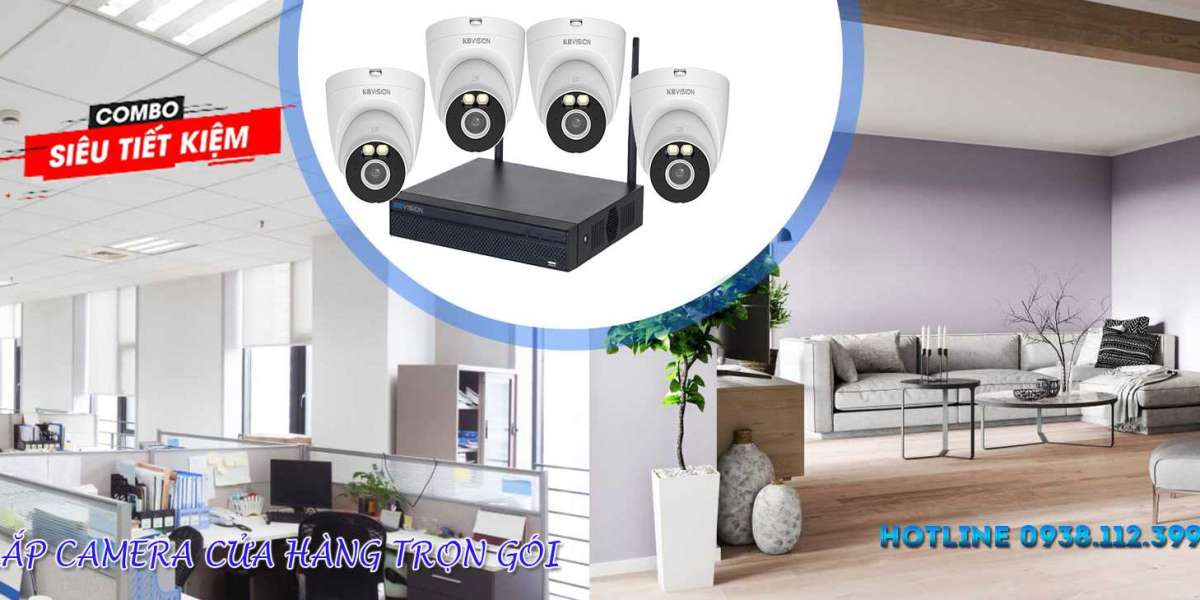In an era where streaming services and cable subscriptions often dominate conversations about television, many people are rediscovering the simplicity and cost-effectiveness of HD TV antennas. These devices offer a straightforward way to access high-definition channels without the recurring costs of cable or satellite services. Here’s everything you need to know about using a free HD TV antenna to elevate your viewing experience.
What Is an HD TV Antenna?
An HD TV antenna is a device that receives over-the-air (OTA) broadcast signals from local TV stations. Unlike cable or satellite, which require a subscription and additional equipment, an HD TV antenna captures signals from nearby broadcast towers and converts them into high-definition (HD) television signals. This means you can enjoy popular channels like ABC, CBS, NBC, and FOX without a monthly fee.
Benefits of Using an HD TV Antenna
Cost Savings: One of the most compelling reasons to choose an HD TV antenna is the cost savings. After the initial purchase, which can range from $20 to $100 depending on the model and features, there are no ongoing fees. This is a huge advantage over cable and satellite services that charge monthly.
High-Definition Quality: Many HD TV antennas can pick up signals in high definition, offering picture and sound quality comparable to what you’d get with a cable or satellite subscription. This means you get crisp visuals and clear audio, enhancing your overall viewing experience.
Simple Setup: Setting up an HD TV antenna is typically straightforward. Most antennas just need to be connected to your TV and placed in a location with good signal reception. The ease of installation makes it a hassle-free option for many viewers.
Local News and Programming: An HD TV antenna is ideal for accessing local news, sports, and programming. This is especially valuable for staying updated on regional events and enjoying local channels that might not be available through streaming services.
No Contracts or Hidden Fees: With an HD TV antenna, you avoid the contracts and hidden fees often associated with cable or satellite TV. You get to enjoy your favorite shows without worrying about price hikes or cancellation penalties.
How to Choose the Right HD TV Antenna
When selecting an HD TV antenna, consider the following factors:
Signal Range: Antennas come with varying signal ranges. Check the range specifications and choose one that matches the distance to the nearest broadcast towers in your area. Websites like AntennaWeb or the FCC's DTV Reception Maps can help you determine the signal strength in your location.
Indoor vs. Outdoor: Decide whether you want an indoor or outdoor antenna. Indoor antennas are easier to install and suitable for areas with strong signal reception. Outdoor antennas generally offer better reception and are ideal if you live farther from broadcast towers or face signal obstructions.
Design and Features: Some antennas come with additional features like built-in amplifiers, which can enhance signal reception. Consider the design, size, and mounting options to find an antenna that fits your space and needs.
Compatibility: Ensure that the antenna is compatible with your TV and any additional devices you may be using. Most modern TVs have built-in tuners, but if yours doesn’t, you may need a separate digital converter box.
Setting Up Your HD TV Antenna
Connect the Antenna: Plug the antenna into the "Antenna" or "RF" input on your TV.
Position the Antenna: Place the antenna in a location that maximizes signal reception. For indoor antennas, this is usually near a window or higher up on a wall. Outdoor antennas should be mounted as high as possible for the best signal.
Scan for Channels: Use your TV’s menu to scan for available channels. This process varies slightly depending on the TV model but generally involves selecting the “Auto-tune” or “Channel Scan” option.
Adjust and Re-scan: If you’re not receiving all desired channels, try repositioning the antenna and performing another channel scan. Small adjustments can often significantly improve reception.
Conclusion
An HD TV antenna offers an excellent way to enjoy high-definition television without the financial commitment of cable or satellite subscriptions. With benefits like cost savings, high-quality reception, and ease of setup, it's a valuable option for anyone looking to simplify their TV watching experience. By choosing the right antenna and setting it up correctly, you can enjoy a wide range of programming with clear, crisp visuals and sound.








